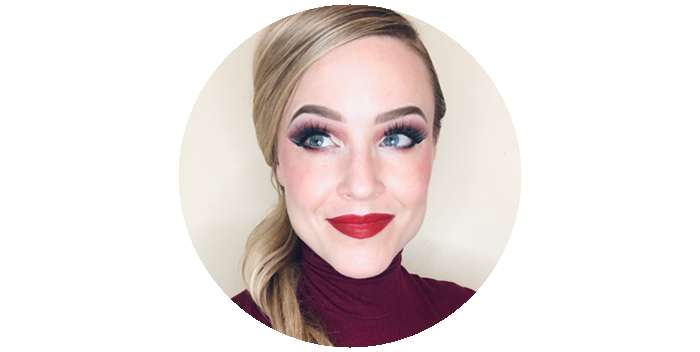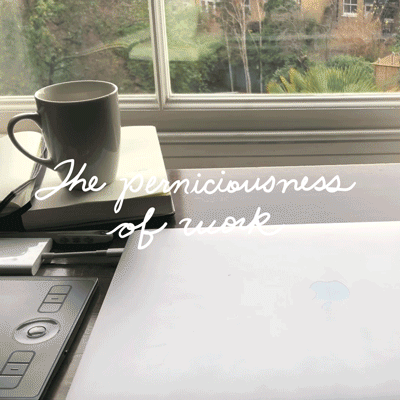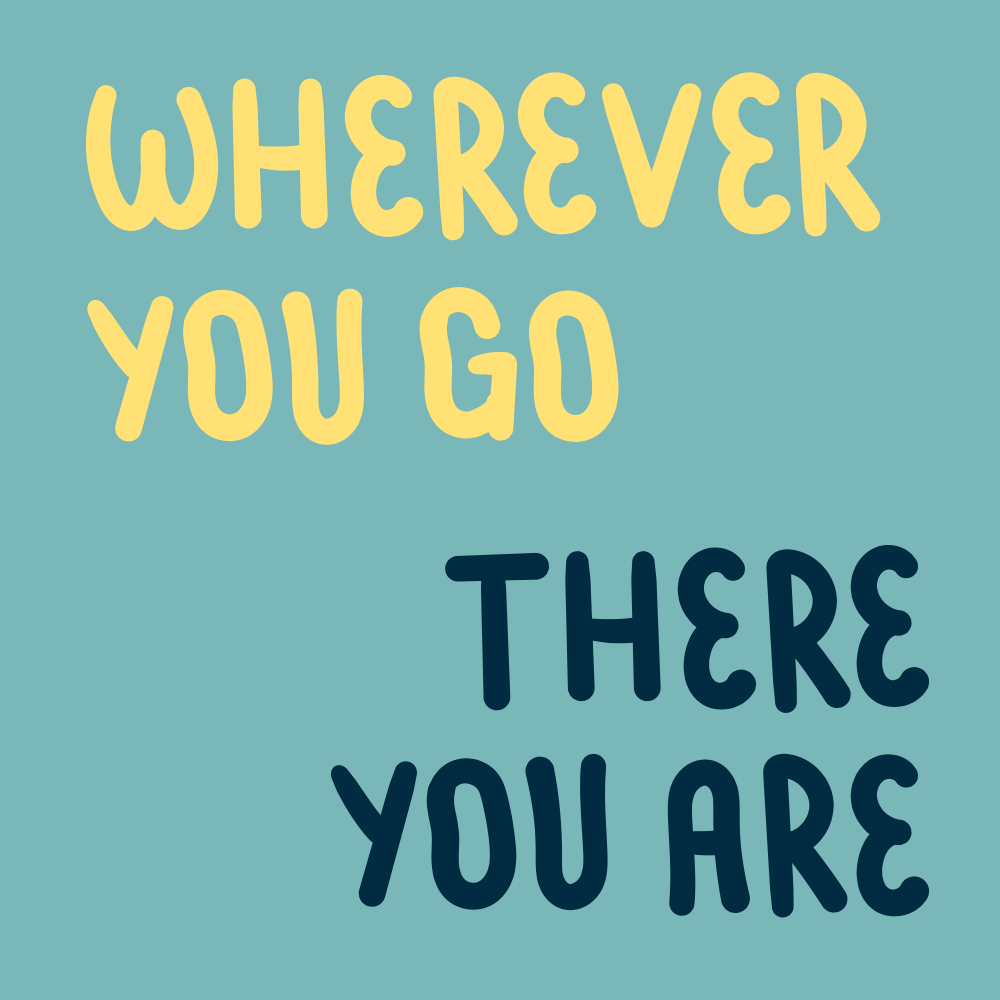5 Steps for Starting a Sabbatical
I’m certainly no expert on sabbaticals (yet!) but I AM two weeks into one. For anyone considering an experimental “creative break” in their lives, I have a few tips to offer up.
In my opinion (thus far) I see there being 5 basic steps for starting a sabbatical:
Step 1: Choosing the right place to live
The first step is finding a brand-new space to live. The “new” part is pivotal. I think it would be very, very hard to do a sabbatical from home (or even close to home) because it’s difficult to break routines when all the cues remain the same. Anyone who has tried working from home (or playing at work) knows that it’s challenging to mentally disconnect from the expectations and pressures that you’ve already set for specific environments. A new space provides mental and physical room for building a new normal. I think that distance is key.
When considering where to move, I would recommend thinking both aspirationally and practically: in other words, you want to find the meeting point between a place you’d love to live and a place you can afford to live. Like I mentioned in my previous post, I’ve visited London before and I knew I really loved the city. That being said, London is expensive (£1 British pound = $1.71 Canadian dollars currently – yikes). Our move to England was greatly aided by the fact that my partner’s Aunt lives here, and graciously rented out her top floor AirBnB to us for the duration of our stay at a friends-and-family rate.
Step 2: Have some savings
This should maybe be at the top of this list, but I thought I’d get you excited before bringing up the boring, practical side of sabbaticals: yup, I’m talking about having some savings. Going on sabbatical and stepping away from your work will probably mean you won’t have much of an income. Unless you have mad investments, in which case – kudos! Or if you can convince your work to pay you a percentage of your normal salary during your leave, which some workplaces do (it can’t hurt to ask). Otherwise you’ll have to do it the boring old-fashioned way like me, which is saving money.
One tiny upside to a pandemic (one that, for the record, seems to have unlimited downsides) is that being homebound for almost two years allowed my partner and I to save some of the money we’d normally have spent on outings and holidays. I’ve also been taking on a few (remote) freelance projects while I’m here, so that I have a small stream of income coming in. A passive stream of income would be ideal—if you can figure out how—but isn’t that always the truth.
How much savings will you need? Well, obviously the amount is going to depend on where you’re moving and for how long. I think, in essence, you’ll wanna have enough saved to cover your basic expenses (food + housing) while you’re away. So for me, that’s 3-4 months of London rent and groceries.
Step 3: Build a physical routine
My third suggestion is to immediately build one routine that involves leaving your new home. The purpose here is exposure to your new surroundings, and to breed a little bit of familiarity and safety in (what can feel like) a big, new, scary world. This can be as simple as finding a local coffee shop to frequent or a park/neighbourhood to stroll through. For myself, I know that after a few days I get VERY grumpy if I haven’t had enough exercise, so an exercise routine was critical.
Our new home is close to a large park, and I’ve started taking advantage of this park for daily walks or runs. I also researched nearby gyms. My criteria? Close enough to walk, classes, and a dance studio. My partner’s criteria: accessible by public transit, range of equipment, and what he calls “bougie-ness” – steam, hot tub, sauna, towel service. Everyone will have their own unique criteria: I don’t think the specifics of what you do for a physical routine really matters. The key here is physically moving through your new neighbourhood on the regular. If you start saying hi to a human or dog by name in your ’hood, you’re doing it right.
Step 4: Re-learn how to rest and explore
My fourth tip is to allow yourself to rest and explore, in whatever proportion you feel like on any given day. If you have the energy and desire to be up at 7am, visiting a long list of galleries, museums, events, etc., do it! If (like me) you like to sleep in and rarely have the energy or desire for more than one adventure per day, that’s cool too. There’s no wrong way to sabbatical.
We were all good at both rest AND exploration as children. We took naps. We picked up fallen leaves and made new friends. I promise that little explorer is alive and well, napping somewhere in the depths of your psyche. Shake off the shackles of adulthood schedules and re-connect with your innate rhythms and what delights you.
Step 5: Have an experimentafuntive goal
My final tip is to have an experimentafuntive goal – in other words an experimental, fun, and creative goal. Now, the key difference between this and “exploration” (Step 4) is that the former is about taking in inspiration (a more passive activity): this step is about creating something yourself. Furthermore, you MUST create for pure pleasure. There can’t be some responsible outcome attached to it. It’s play. Remember when you used to play, for the sheer joy of playing?
An experimental project, by nature, might not work. In fact, it might fail with aplomb. Success is not the point. The goal is to try something new and fun that stimulates you creatively. Something you’re excited to wake up and play around with. It could be totally silly (make friends with a new dog every day), indulgent (bake a new kind of cookie every day), random (try something new every day), or indulgent (discover new ways and places to nap). The question to ask yourself is, Would this be fun for me? If you think the answer is “yes”, then try that thing! Not fun? Then tomorrow try something else! There are literally no rules or outcomes or gold stars: when it comes to play, the only opinion that matters is your own.
I have various experimentafuntive goals that I’m exploring, and one thing that’s fun for me is to have delicious secrets, so I’m not going to tell y’all about ALL my goals (sorry not sorry). But I will share that one of my goals is to explore and document as many London cocktail bars as possible, because I think a good cocktail is like drinking the nectar of the gods.
That’s it! Those are my 5 Tips for Starting a Sabbatical. If you’re thinking of embarking on a sabbatical adventure (or have an experimentafuntive goal) I’d love to hear about it. Make a comment or tag me over on Instagram at @officeofsarah.







